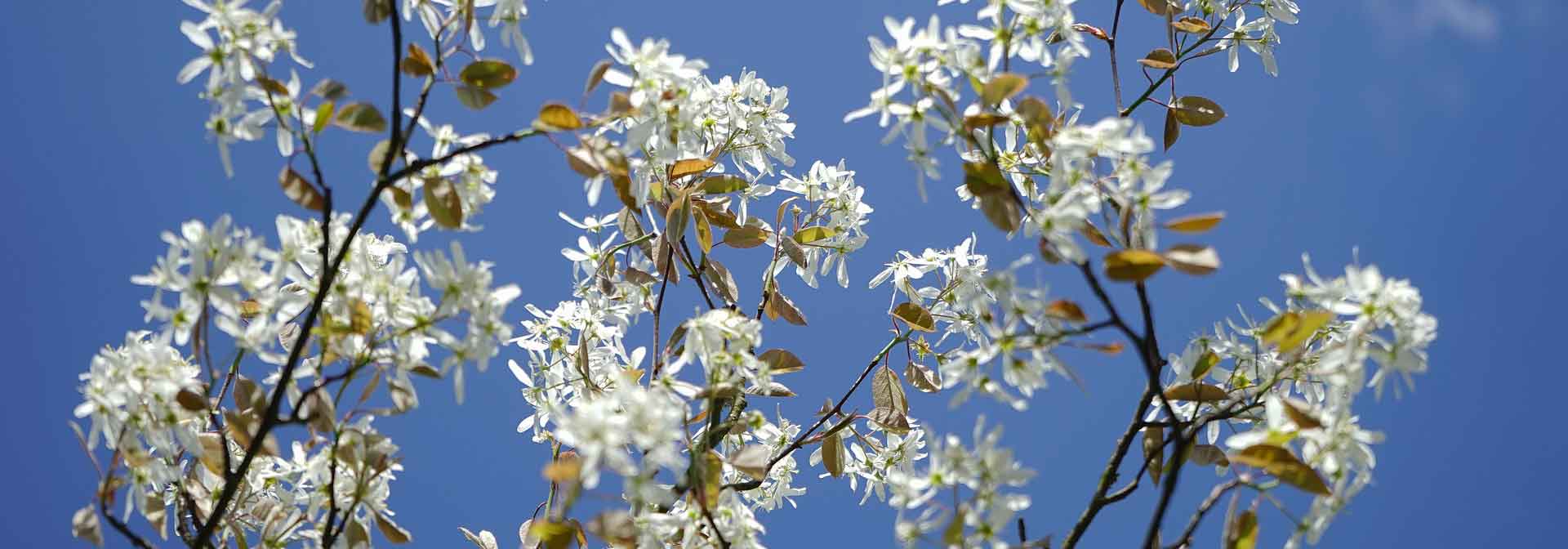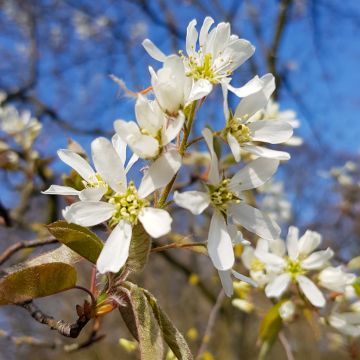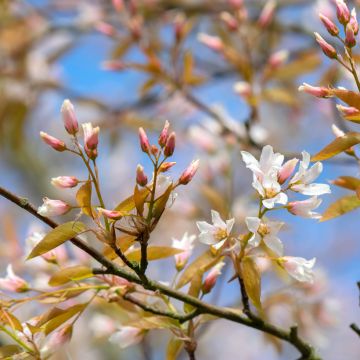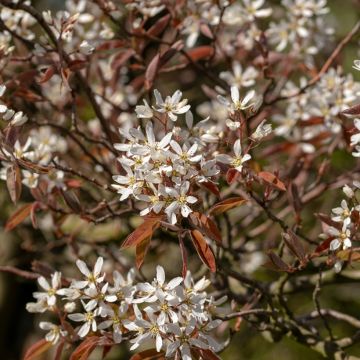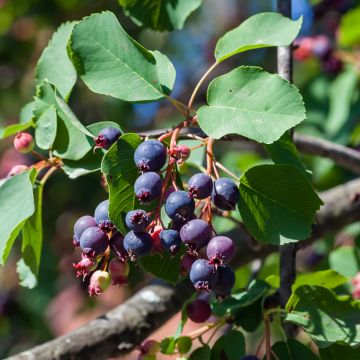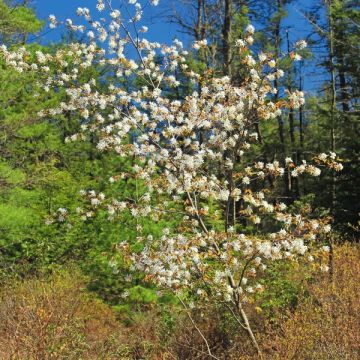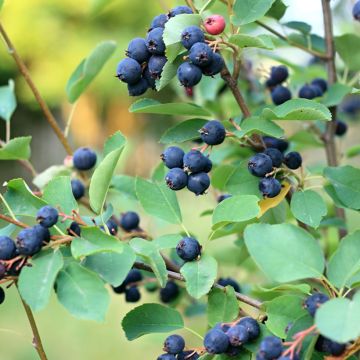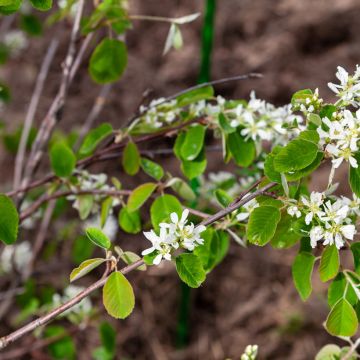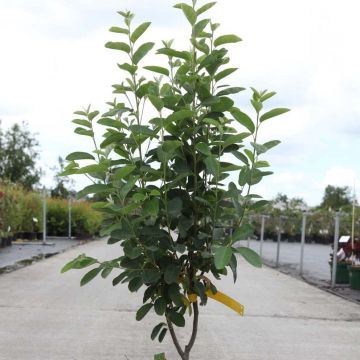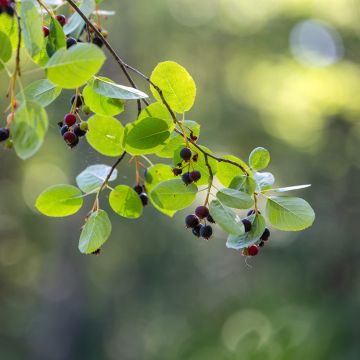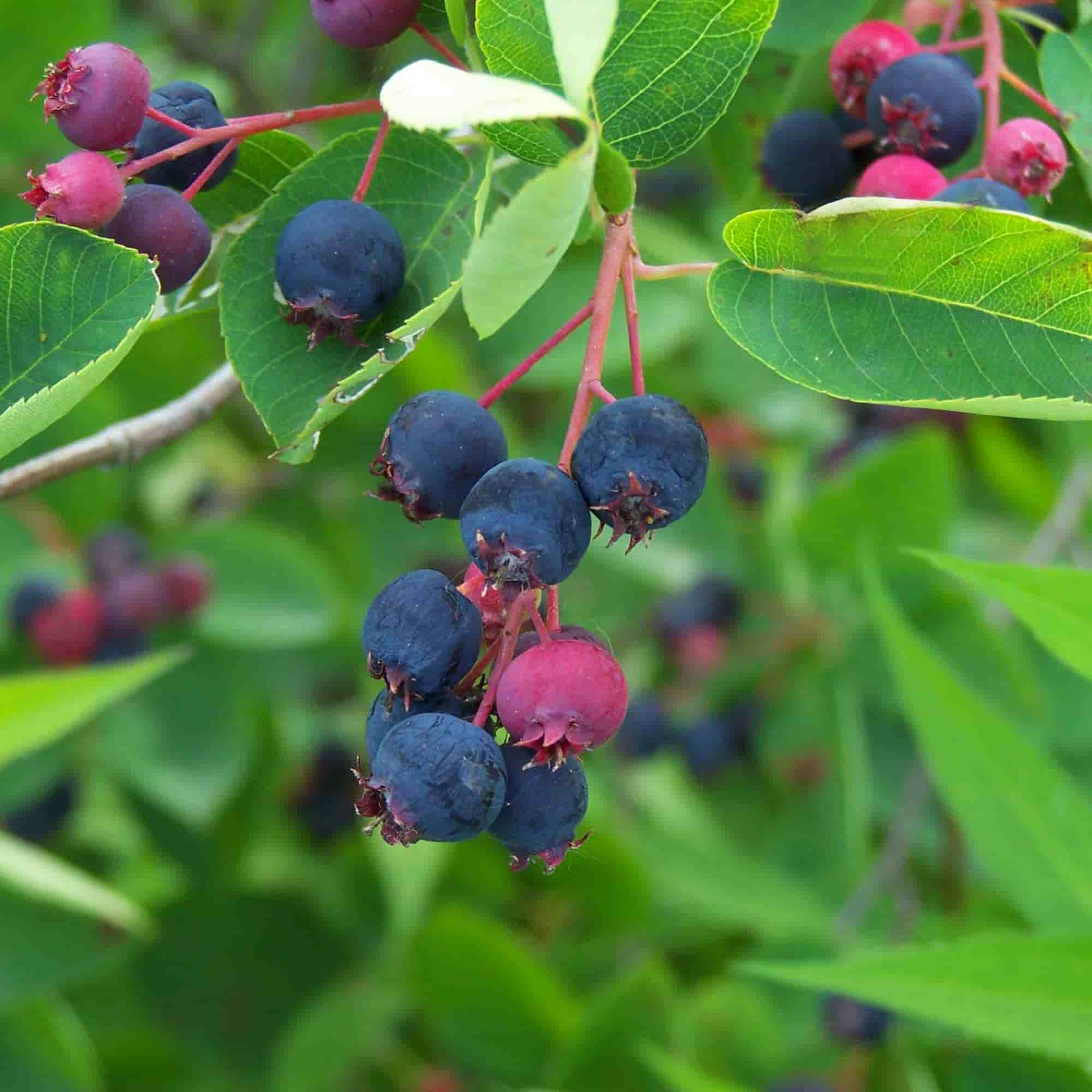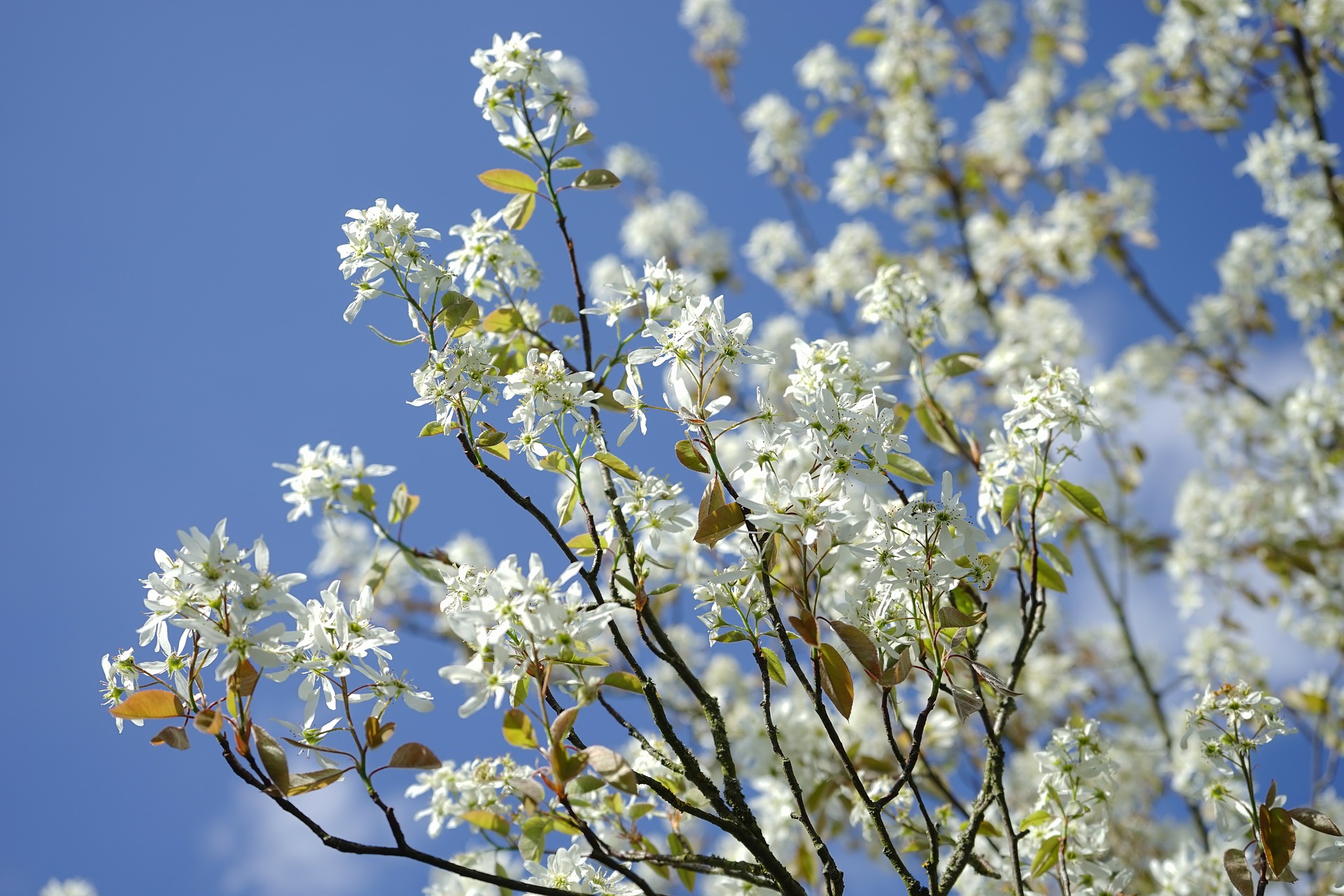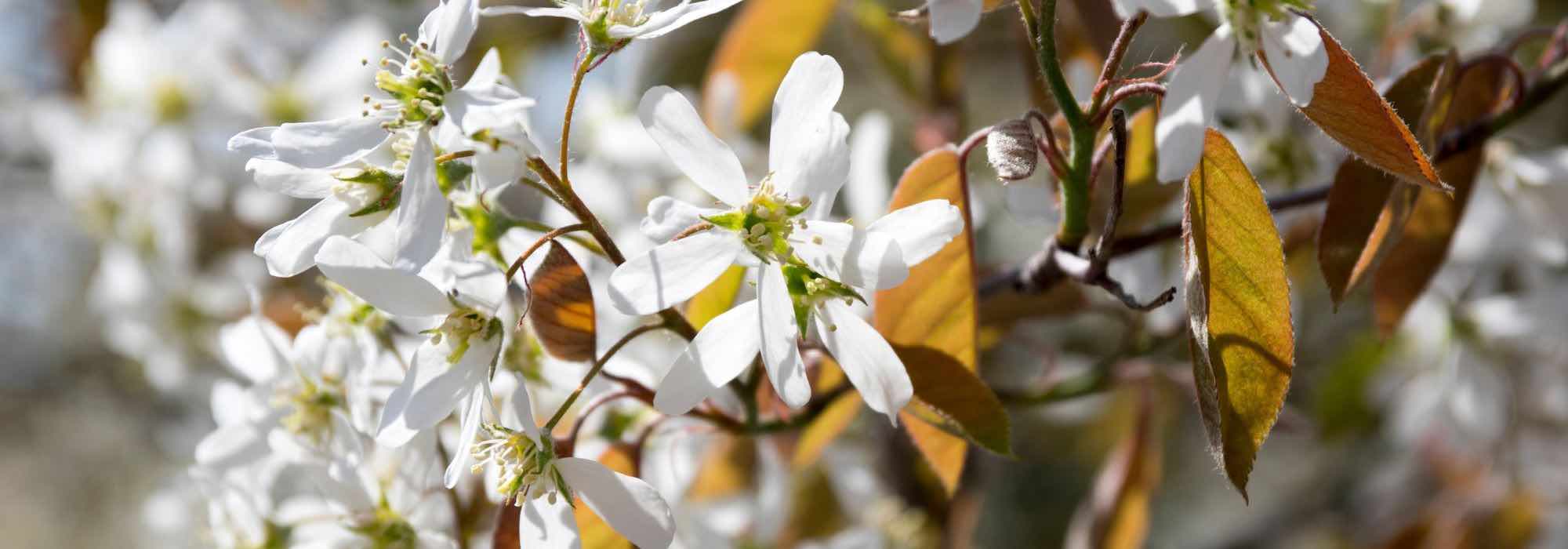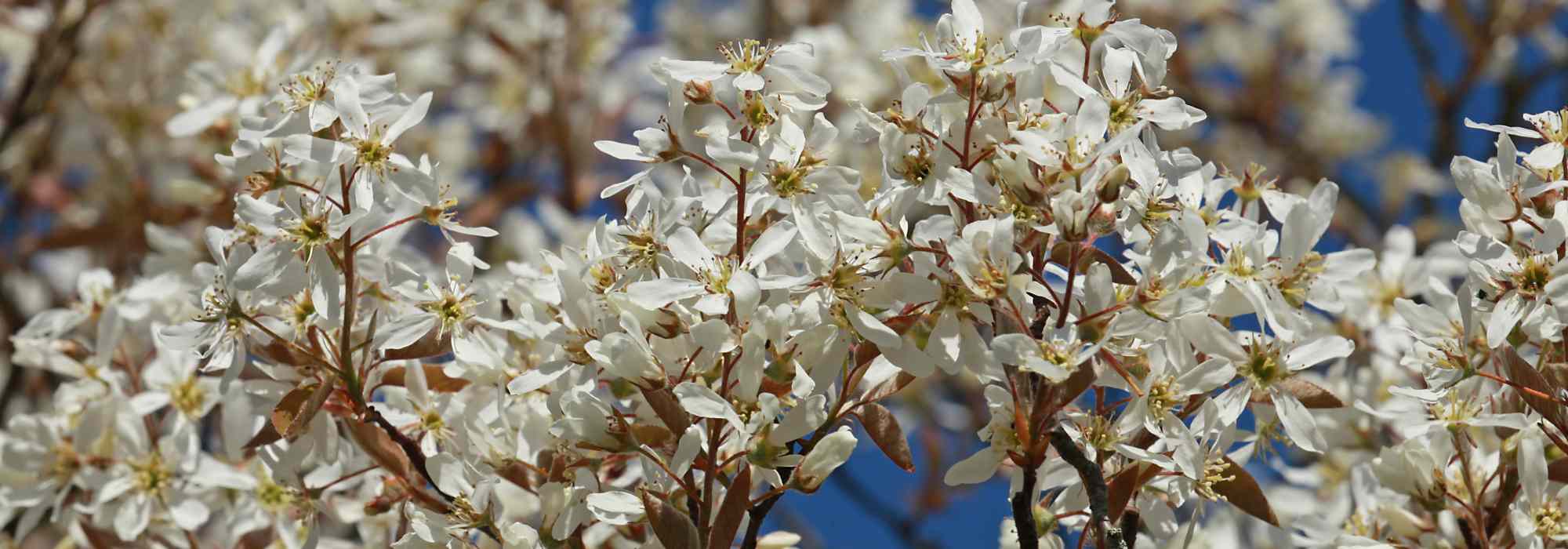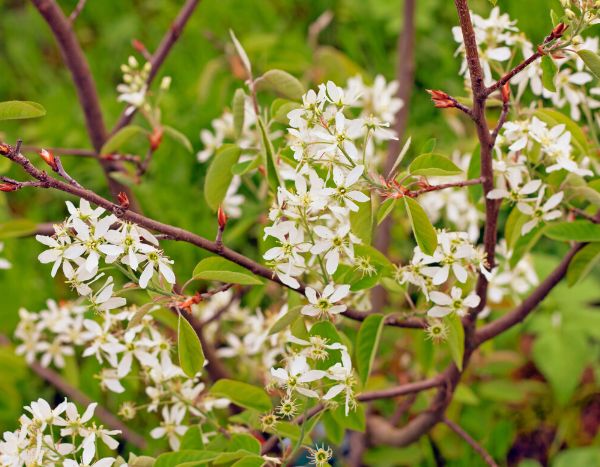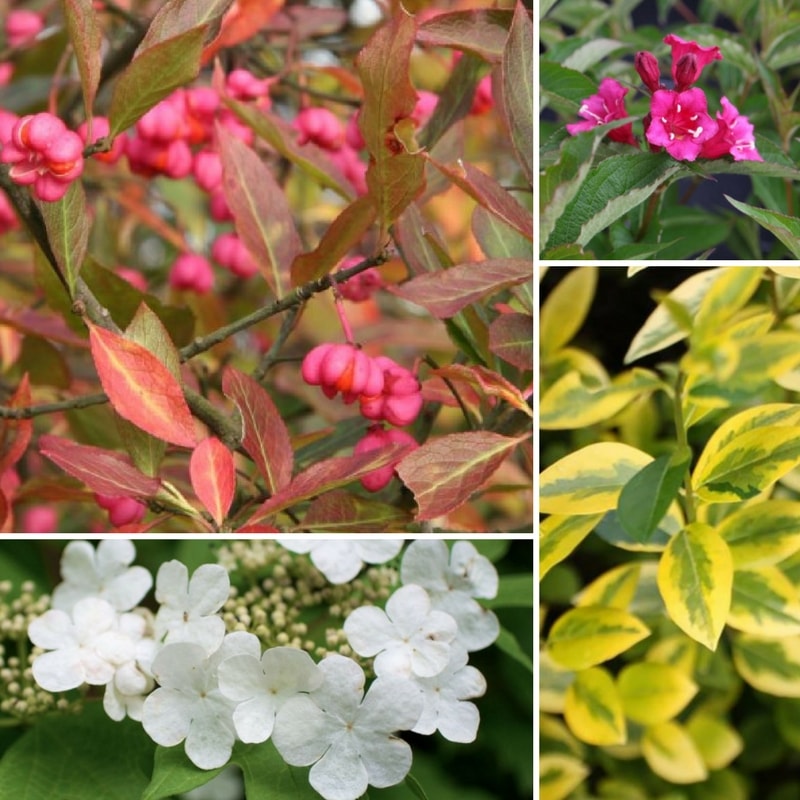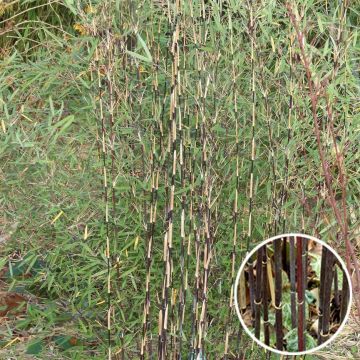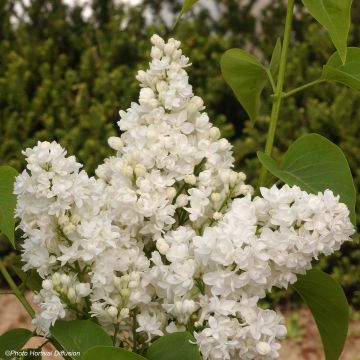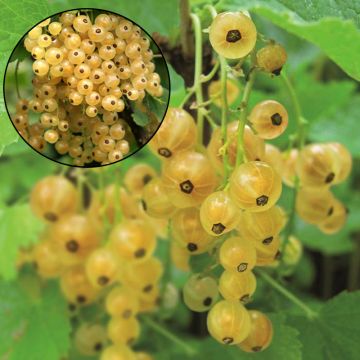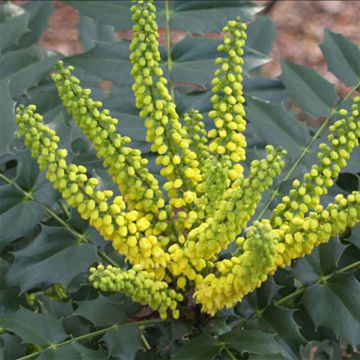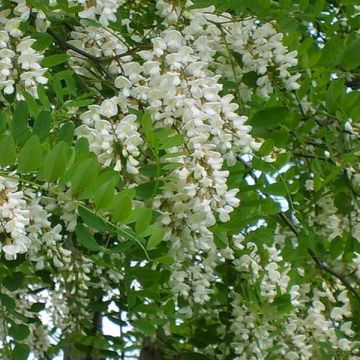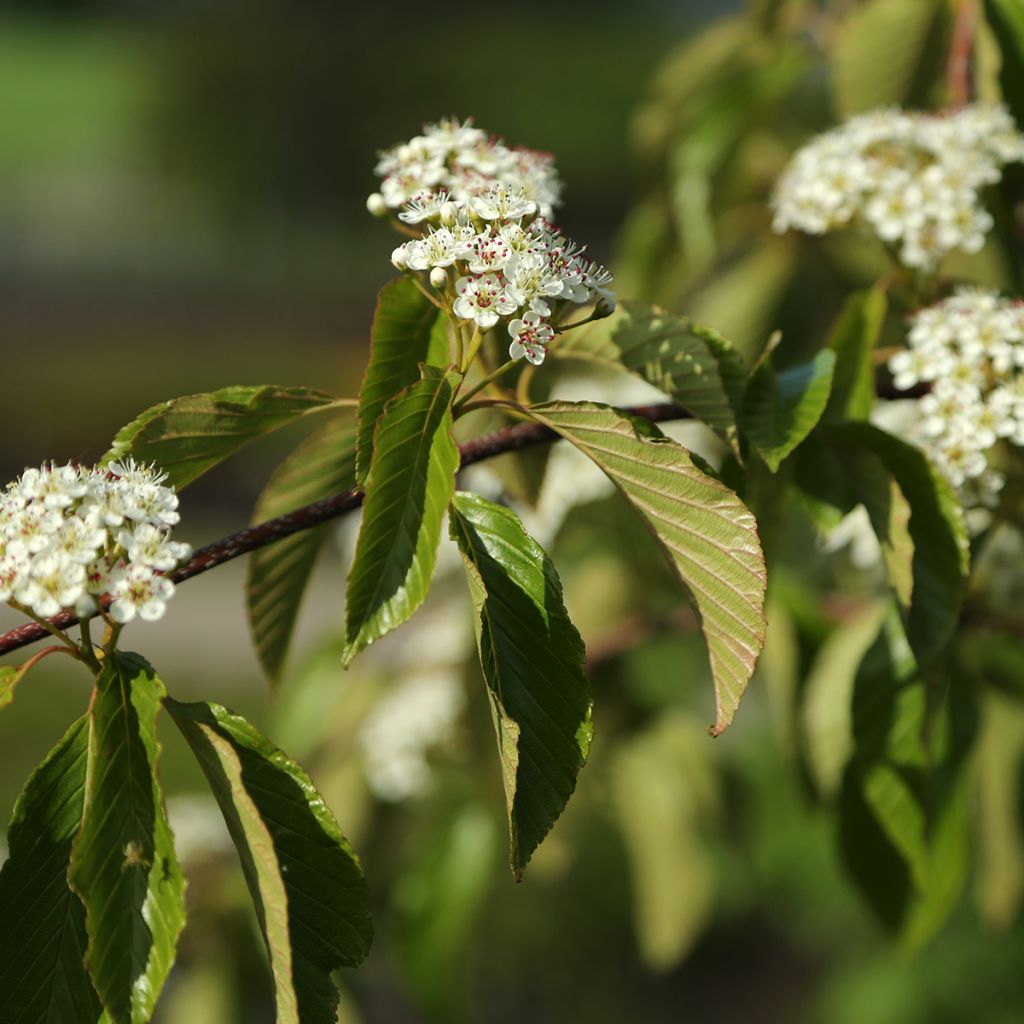

Amelasorbus jackii
Amelasorbus jackii
(x) Amelasorbus jackii
Special offer!
Receive a €20 voucher for any order over €90 (excluding delivery costs, credit notes, and plastic-free options)!
1- Add your favorite plants to your cart.
2- Once you have reached €90, confirm your order (you can even choose the delivery date!).
3- As soon as your order is shipped, you will receive an email containing your voucher code, valid for 3 months (90 days).
Your voucher is unique and can only be used once, for any order with a minimum value of €20, excluding delivery costs.
Can be combined with other current offers, non-divisible and non-refundable.
Home or relay delivery (depending on size and destination)
Schedule delivery date,
and select date in basket
This plant carries a 24 months recovery warranty
More information
We guarantee the quality of our plants for a full growing cycle, and will replace at our expense any plant that fails to recover under normal climatic and planting conditions.
Would this plant suit my garden?
Set up your Plantfit profile →
Description
x Amelasorbus jackii, also known as Jack's Amelasorbus, is a natural hybrid resulting from a cross between two distinct genera: Amelanchier and Sorbus. The result is a small tree reaching a height of 2 to 2.5 meters, with characteristics borrowed from both parents. Its flowering in May covers the tree with small star-shaped white flowers, similar to those of the Amelanchier. Its elliptical foliage is dark green and turns orange in autumn. It produces round brown "pyriform" fruits, borrowing from both genera.
x Amelasorbus jackii is the result of a quite rare intergeneric hybridisation phenomenon. The two parents are Amelanchier alnifolia, alder-leaved Amelanchier, and Sorbus scopulina. Both belong to the Rosaceae family and are native to North America, but they are different genera. x Amelasorbus jackii is the only accepted species. The first discovered and described specimen was by Alfred Rehder from the Arnold Arboretum in 1925, in Idaho, in the northern United States. It forms a small tree, reaching a height of 2 to 2.5 meters. Its deciduous leaves with petioles are elliptical to ovoid. They measure from 4 to 10 cm and are dark green with a medium green underside. In autumn, they turn orange. The flowering occurs throughout the month of May, with solitary star-shaped flowers measuring 4 to 5 cm in diameter, and white. The fruits, called "pyriforms," are complex seeded fruits, consisting of the floral receptacle becoming fleshy and fused to the ovary. They are brown.
Jack's Amelasorbus is a sturdy shrub that adapts to acidic, neutral, or slightly alkaline soils, in full sun or partial shade. It appreciates a fertile, well-drained soil that is moderately moist to reasonably dry. It can be planted as a country hedge or in the background of a flower bed. It pairs well with ornamental apple and cherry trees, deciduous Euonymus, Japanese quince, spring-blooming Spiraea, hawthorns, loquat, Prunus, and many others.
Plant habit
Flowering
Foliage
Botanical data
(x) Amelasorbus
jackii
Rosaceae
North America
Other Saskatoon - Juneberry
View all →Planting and care
x Amelasorbus jackii, can be planted in spring or autumn in any good, well-drained garden soil that is slightly dry, moist or slightly damp, deep, in a sunny or semi-shaded position. It prefers slightly acidic to neutral soils, but can tolerate some limestone. Water and mulch to keep the soil cool. This bush, which does not like very dry conditions, is however capable of withstanding moderate summer drought once well established. Water regularly to help it establish, especially during the first two dry summers. Mulch the soil to maintain some moisture, always after watering your serviceberry abundantly so that its roots do not develop only on the surface of the soil, which would make it more sensitive to water shortage.
Add well-rotted compost to the base of your bush every spring.
You can prune the bush from the first year to promote branching. Beware of powdery mildew! Spray a fungicidal based on sulphur as a preventive measure, if spring is mild and very humid.
Planting period
Intended location
Care
Planting & care advice
This item has not been reviewed yet - be the first to leave a review about it.
Similar products
Haven't found what you were looking for?
Hardiness is the lowest winter temperature a plant can endure without suffering serious damage or even dying. However, hardiness is affected by location (a sheltered area, such as a patio), protection (winter cover) and soil type (hardiness is improved by well-drained soil).

Photo Sharing Terms & Conditions
In order to encourage gardeners to interact and share their experiences, Promesse de fleurs offers various media enabling content to be uploaded onto its Site - in particular via the ‘Photo sharing’ module.
The User agrees to refrain from:
- Posting any content that is illegal, prejudicial, insulting, racist, inciteful to hatred, revisionist, contrary to public decency, that infringes on privacy or on the privacy rights of third parties, in particular the publicity rights of persons and goods, intellectual property rights, or the right to privacy.
- Submitting content on behalf of a third party;
- Impersonate the identity of a third party and/or publish any personal information about a third party;
In general, the User undertakes to refrain from any unethical behaviour.
All Content (in particular text, comments, files, images, photos, videos, creative works, etc.), which may be subject to property or intellectual property rights, image or other private rights, shall remain the property of the User, subject to the limited rights granted by the terms of the licence granted by Promesse de fleurs as stated below. Users are at liberty to publish or not to publish such Content on the Site, notably via the ‘Photo Sharing’ facility, and accept that this Content shall be made public and freely accessible, notably on the Internet.
Users further acknowledge, undertake to have ,and guarantee that they hold all necessary rights and permissions to publish such material on the Site, in particular with regard to the legislation in force pertaining to any privacy, property, intellectual property, image, or contractual rights, or rights of any other nature. By publishing such Content on the Site, Users acknowledge accepting full liability as publishers of the Content within the meaning of the law, and grant Promesse de fleurs, free of charge, an inclusive, worldwide licence for the said Content for the entire duration of its publication, including all reproduction, representation, up/downloading, displaying, performing, transmission, and storage rights.
Users also grant permission for their name to be linked to the Content and accept that this link may not always be made available.
By engaging in posting material, Users consent to their Content becoming automatically accessible on the Internet, in particular on other sites and/or blogs and/or web pages of the Promesse de fleurs site, including in particular social pages and the Promesse de fleurs catalogue.
Users may secure the removal of entrusted content free of charge by issuing a simple request via our contact form.
The flowering period indicated on our website applies to countries and regions located in USDA zone 8 (France, the United Kingdom, Ireland, the Netherlands, etc.)
It will vary according to where you live:
- In zones 9 to 10 (Italy, Spain, Greece, etc.), flowering will occur about 2 to 4 weeks earlier.
- In zones 6 to 7 (Germany, Poland, Slovenia, and lower mountainous regions), flowering will be delayed by 2 to 3 weeks.
- In zone 5 (Central Europe, Scandinavia), blooming will be delayed by 3 to 5 weeks.
In temperate climates, pruning of spring-flowering shrubs (forsythia, spireas, etc.) should be done just after flowering.
Pruning of summer-flowering shrubs (Indian Lilac, Perovskia, etc.) can be done in winter or spring.
In cold regions as well as with frost-sensitive plants, avoid pruning too early when severe frosts may still occur.
The planting period indicated on our website applies to countries and regions located in USDA zone 8 (France, United Kingdom, Ireland, Netherlands).
It will vary according to where you live:
- In Mediterranean zones (Marseille, Madrid, Milan, etc.), autumn and winter are the best planting periods.
- In continental zones (Strasbourg, Munich, Vienna, etc.), delay planting by 2 to 3 weeks in spring and bring it forward by 2 to 4 weeks in autumn.
- In mountainous regions (the Alps, Pyrenees, Carpathians, etc.), it is best to plant in late spring (May-June) or late summer (August-September).
The harvesting period indicated on our website applies to countries and regions in USDA zone 8 (France, England, Ireland, the Netherlands).
In colder areas (Scandinavia, Poland, Austria...) fruit and vegetable harvests are likely to be delayed by 3-4 weeks.
In warmer areas (Italy, Spain, Greece, etc.), harvesting will probably take place earlier, depending on weather conditions.
The sowing periods indicated on our website apply to countries and regions within USDA Zone 8 (France, UK, Ireland, Netherlands).
In colder areas (Scandinavia, Poland, Austria...), delay any outdoor sowing by 3-4 weeks, or sow under glass.
In warmer climes (Italy, Spain, Greece, etc.), bring outdoor sowing forward by a few weeks.






























